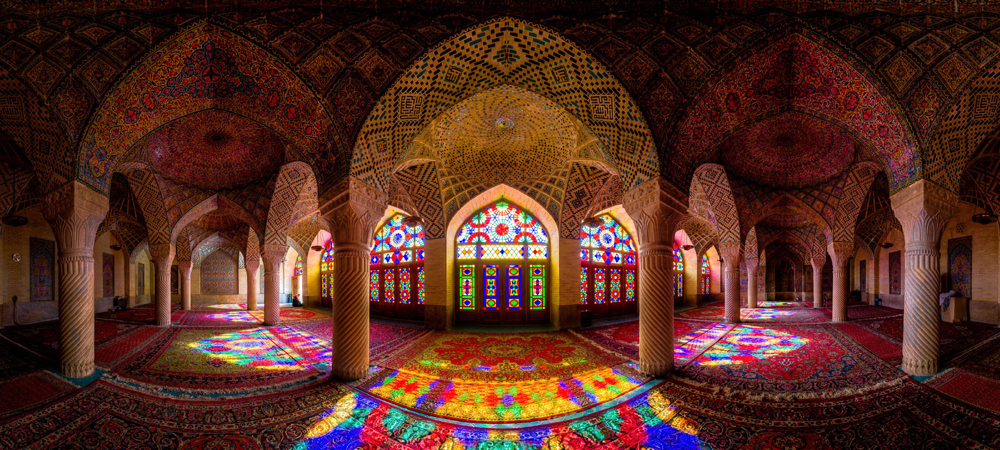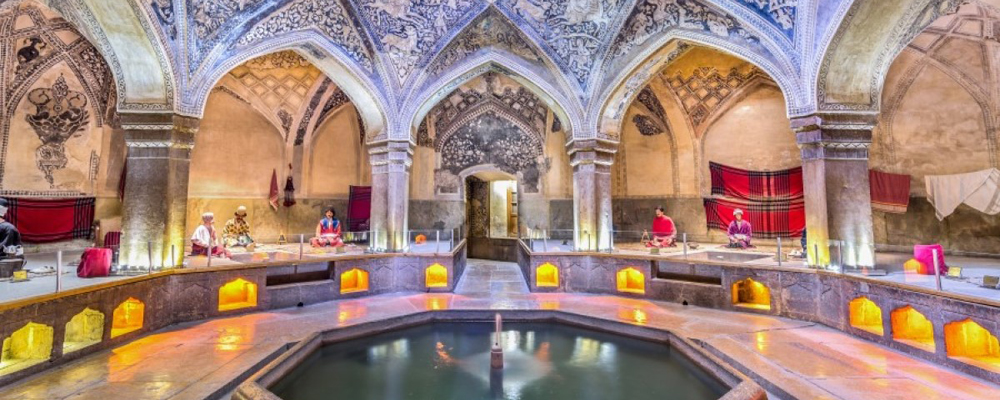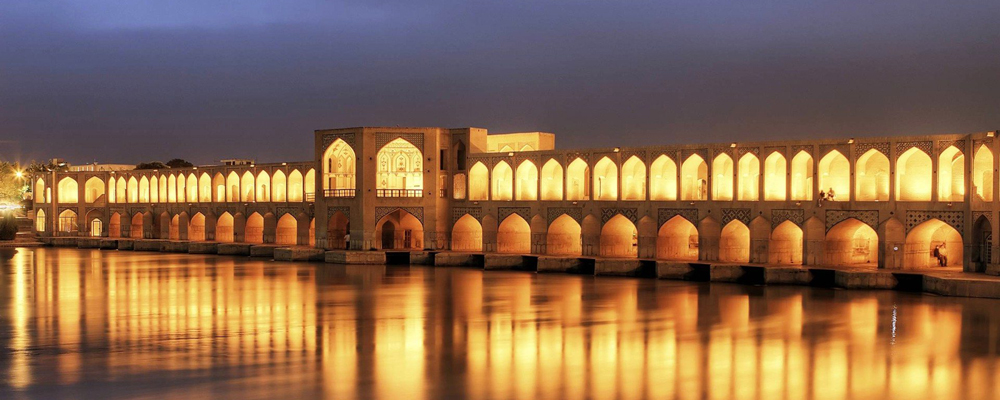
The Historical Evolution of Iranian Architecture; Architectural Styles, Structure Types, Design Elements
Iranian architecture has a long and intricate history. From historical landmarks like Chogha Zanbil, Sheikh Lotfollah Mosque, and Taq Kasra to the National Museum of Iran. So the scope of this article is limited to historical highlights of the evolution of Iranian architecture.
Common Architectural Styles in Iranian Architecture
Over time, the architecture of Iran has changed and adapted to its environment, which has led to the emergence of different architectural styles:
- First Persian Empire Style: Achaemenid era
- Parthia Style: Parthian Empire era
- Second Persian Empire Style: Sassanid era
- Khorasani style: Samanid, Seljuk, and Anushtegin era
- Razi style: Samanid, Seljuk, Anushtegin era
- Azari style: Ilkhanid era
- Isfahani style: Safavid period
Common Structure Types in Iranian Architecture
The following structures have been built in Iran over many centuries. Design elements, decorations, personal preferences, and other features of Iranian architecture are present in these examples:
Iranian Mosques

At the beginning of the arrival of Islam in Iran, mosques were built in a very simple style following Sassanid architecture. Khorasan is known as the birthplace of the first examples of Islamic architecture in Iran. In Khorasan and the Khorasan style, the overall design of the buildings is adapted from the mosques of early Islamic periods, and the mosques were built as Shabestan (prayer halls) with many columns.
Numerous columns were placed around the central courtyard and formed the Shabestan or Ravagh (Portico). The arches in mosques are often oval or egg-shaped, modeled after Ardashir Papakan Palace or the Firozabad Palace and the Taq Kasra from the Sassanid era. Mihrab (a niche in the wall in the direction of Qibla) and Manbar (pulpit) gradually found a special place in the architecture of Iran mosques and became a place for artists.
Traditional Iranian Hammam (Bathhouse)

Iranians have cared about cleanliness and washing their bodies since ancient times. The word Garm-abeh does not mean hot water; Abe is a suffix that indicates the word refers to a place. Like Goor-abeh, which means a place of burial. Bathhouses were usually built near mosques.
Traditional Iranian bathhouses were built thoughtfully designed to prevent heat loss and had measures that were health-aware. For example, there was a spiral corridor between the Dehliz (vestibule) and the entrance of the bathroom, which prevented heat loss and would prevent a temperature shock, which would happen if a person suddenly went outdoors after a hot bath.
Dehliz (vestibule), Beyneh (changing room), Miandar (a vestibule between Beyneh and Garmkhaneh designed with a turn to prevent heat loss), Garmkhaneh (cleaning and massage area), and Khazaneh (hot water pool) are the main parts of the traditional Garmabah. Hammam Khan in Kashan, Garmabeh Pahneh in Semnan, Vakil Historical Bath in Shiraz, and Ganjali Khan Historical Bathhouse in Kerman are some of the old and famous traditional bathhouses with Iranian architecture.
